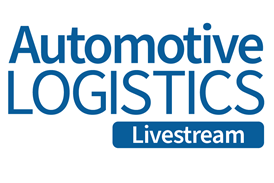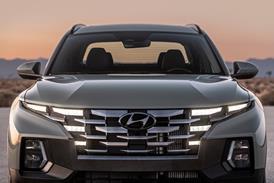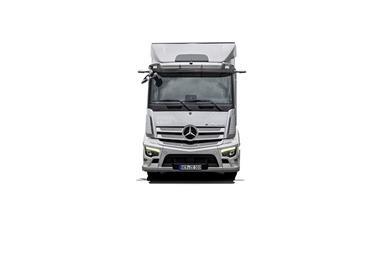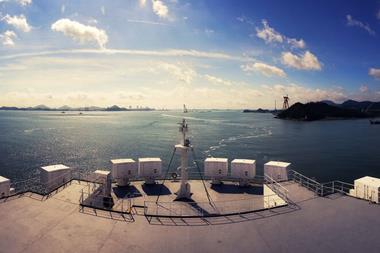 Chrysler filed for an IPO [initial public offering] on September 24 in a turn of events that could set back Fiat's attempts to buy complete ownership of the company. However, it has been suggested that if Fiat decides not to continue with its proposal of integrating the two OEMs, Chrysler would continue to share Fiat's distribution networks, logistics service providers and production facilities.
Chrysler filed for an IPO [initial public offering] on September 24 in a turn of events that could set back Fiat's attempts to buy complete ownership of the company. However, it has been suggested that if Fiat decides not to continue with its proposal of integrating the two OEMs, Chrysler would continue to share Fiat's distribution networks, logistics service providers and production facilities.
Were the two OEMs to unite, the combined group would become the seventh-largest automaker globally and Fiat would be able to significantly increase its production capacity. However, the initial public offering – an S-1 filing with the US Securities and Exchange Commission – is reported to be worth up to $100m, and may cause Fiat, which currently own 58.5% of the company, to reconsider the benefits of a merger.
The potential disruption has been met with frustration on the part of Sergio Marchionne, the chief executive of both Fiat and Chrysler. Marchionne is in a difficult position, as Chrysler's rags to riches rise in recent years saw the United Auto Workers healthcare trust claim a 41.5% stake. The UAW fund was implemented to provide for the families of 115,000 retired employees, and its overseers are clearly eager to make use of this considerable portion following Chrysler's return to power.
Chrysler is currently the third largest OEM in the US, bettered only by Ford and GM. The situation reflects the challenges associated with debt conversion into a deal of ownership. Fiat currently estimates that the UAW's stake is around $3 billion, a figure which, unsurprisingly, is being challenged by the trust fund's executives.
Chrysler stressed that, whether or not Fiat decides to expand its relationship with the OEM, it would continue to share technology, vehicle architectures and platforms, as well as engineering and management resources.























